The world dumps 2,000 truckloads of plastic into the ocean each day. Here’s where a lot of it ends up – CNN
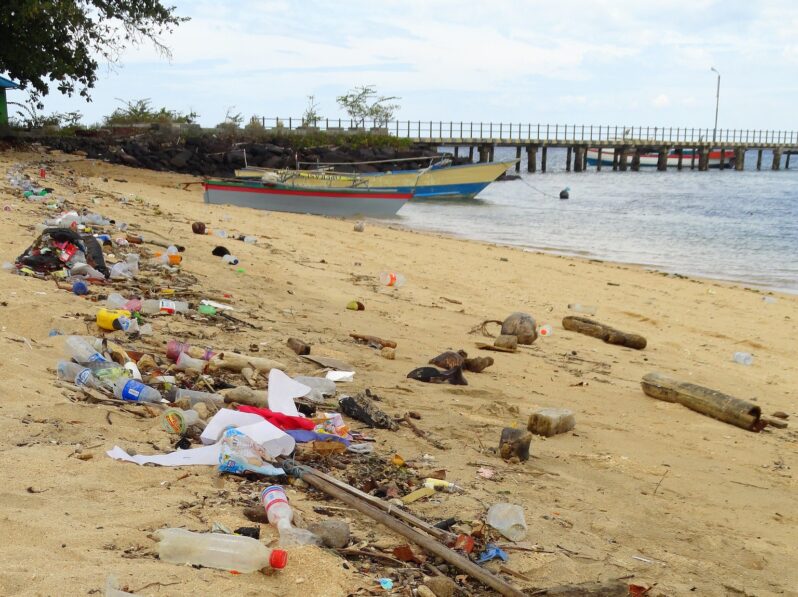
The western coast of Java in Indonesia is popular with surfers for its world-famous breaks. There’s a majestic underwater world to explore, too. But it’s impossible to surf or snorkel without running into plastic water bottles, single-use cups and food wrappers. The garbage sometimes forms islands in the sea, and much of it washes ashore, accumulating as mountains on the beach…
What will it take to get companies to embrace reusable packaging? – Grist Magazine

The Philippine capital is the latest city to address rampant plastic pollution through a community-guided protocol.
Manila Confronts Its Plastic Problem – EOS

The Philippine capital is the latest city to address rampant plastic pollution through a community-guided protocol.
Plastic chemicals are inescapable — and they’re messing with our hormones – Grist
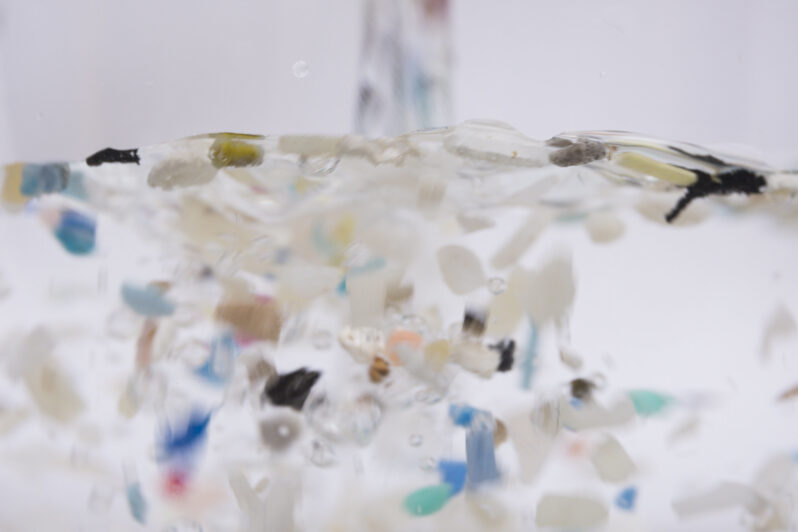
Researchers say the U.N.’s global plastics treaty must reduce production and protect public health.
We’re All Plastic People now – PBS
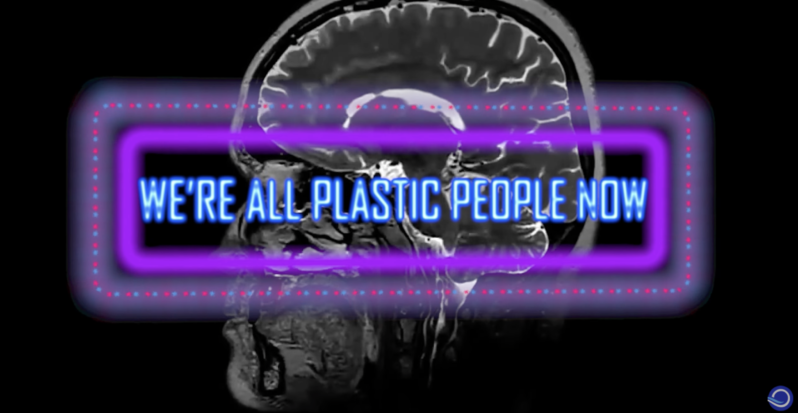
Introduced by actor and environmentalist Ted Danson, We’re All Plastic People Now investigates the hidden story of plastic and its effects on human health. In an era of throw-away ease, convenience has cost us our well-being. We’re All Plastic People Now asks the question, how much evidence do we need before we decide to take action?
First Comprehensive Plastics Database Tallies Staggering 16,000 Chemicals—And It’s Still Incomplete – Scientific American
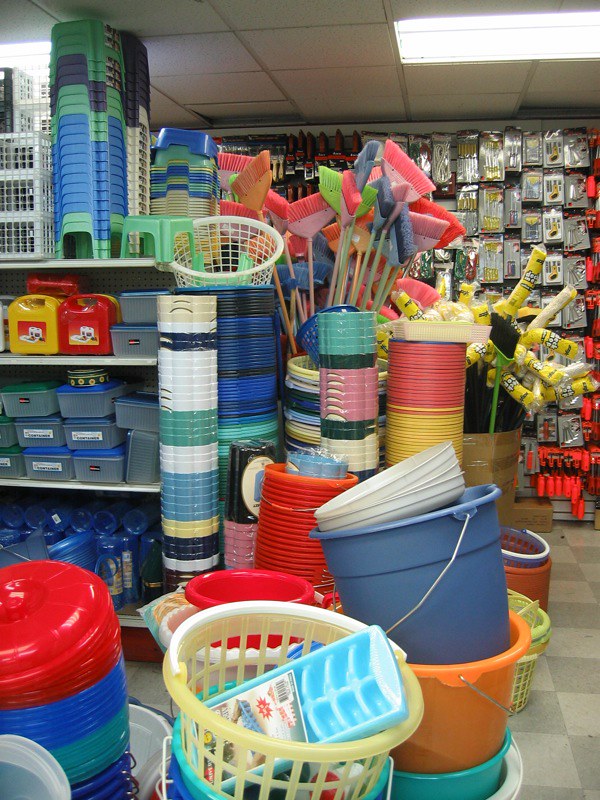
A massive new dataset highlights more than 4,200 plastic chemicals linked to health and environmental risks. But scientists say there are still large gaps in the scientific understanding of plastic ingredients…
We Traced the Forever Chemicals Getting Into Ocean Ecosystems – the Conversation

PFAS, the “forever chemicals” that have been raising health concerns across the country, are not just a problem in drinking water. As these chemicals leach out of failing septic systems and landfills and wash off airport runways and farm fields, they can end up in streams that ultimately discharge into ocean ecosystems where fish, dolphins, manatees, sharks and other marine species live…
How Plastics Are Poisoning Us – the New Yorker
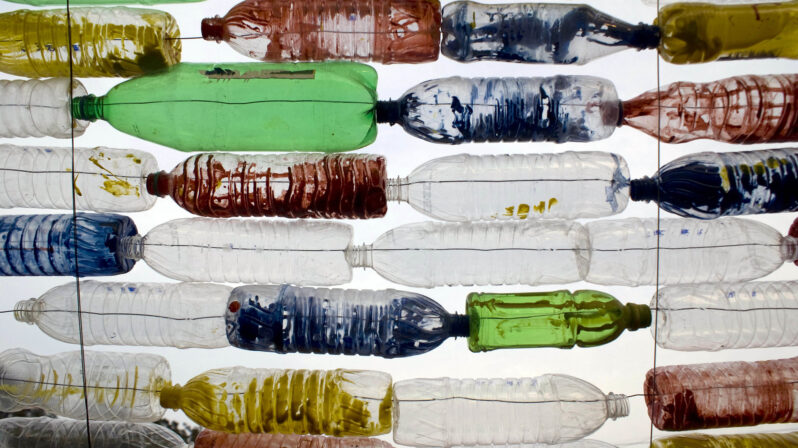
They both release and attract toxic chemicals, and appear everywhere from human placentas to chasms thirty-six thousand feet beneath the sea…How worried should we be about what’s become known as “the plastic pollution crisis”? And what can be done about it? These questions lie at the heart of several recent books that take up what one author calls “the plastic trap…”
